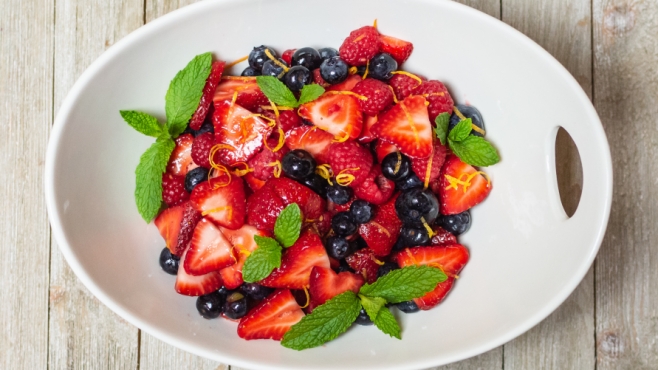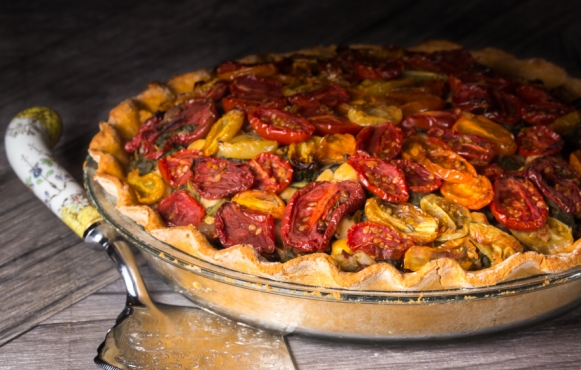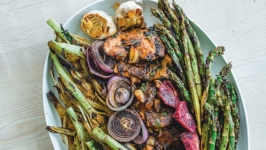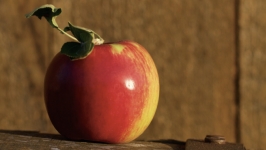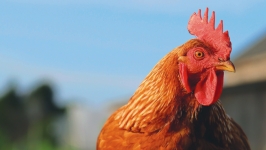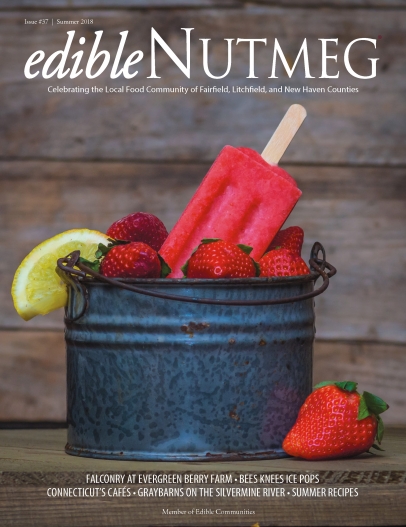
LETTER FROM THE PUBLISHER
Summer is a bountiful time in Connecticut. The leafy greens of spring give way to summer’s abundant and colorful fruits and vegetables, and just about everyone is eagerly awaiting the first crop of our state’s “heirloom tomatoes.” In this issue, we feature a handful of cafés that endeavor to source their ingredients from that regional abundance, and patronizing restaurants like them is one way to support both our small-business communities and our local growers.
But not every meal we eat starts in a restaurant’s kitchen. The majority of our meals probably start in a different kitchen — our own — and we can continue to support our local businesses by supplying our kitchens from those same local farms and food producers. Whether by visiting farmers markets, joining a CSA program, visiting a local farm stand, or just preferring locally grown produce in our favorite grocery store, there are a multitude of ways to keep our own kitchens “local.”
Despite this, many do not choose to prioritize locally grown food. Some simply aren’t interested, but for those who are, there are common hurdles. “It costs too much,” or “I don’t have time to plan for and shop at farmers markets,” are frequently cited obstacles. These are legitimate complaints. Buying from a small producer who is more prone to agricultural pests, and who pays more for her raw materials than an industrial-scale food producer, amounts to a more-costly grocery bill. Preparing food from scratch does take longer, and purchasing food directly from farmers instead of a supermarket almost surely means an additional trip for sundry other household needs.
However, a concession to cost and efficiency is a trade in which we lose much. Locally grown food — particularly when grown organically — is better for our health. It is free of chemical fertilizers and other manufactured soil inputs, as well as synthetic pesticides and insecticides, many of which have deleterious health effects on our families that only come to light after decades of consuming them. These same synthetic inputs damage our state’s environment, slowly poisoning our soil for future generations and killing pests that, while true to their name (from an agricultural perspective), are still vital parts of a web of life that allow Connecticut’s biospheres to flourish and regenerate soil in a natural way. Transportation of food in our fossil-fuel-dominated society is also environmentally costly, and buying from a grower in your town or county dramatically reduces the carbon footprint left behind.
Our personal and environmental health aren’t our only losses in this growing disassociation from our food sources. Our relationships also suffer. In the not-too-distant past, all of our food was grown locally, and kinship between growers and buyers was often the foundation of a community. By prioritizing local food, we don’t just keep jobs in our communities, we also forge relationships with those producers, which in turn, can enrich our lives through friendship and camaraderie. I count myself very lucky to have developed bonds with men and women in my community who raise animals and grow vegetables; they are the businesses at which I spend my money, but also the individuals with whom I share food, drink, and fraternity.
It’s easy to fall prey to the seemingly inexorable bustle of modern life as we shuffle from one “required” task to the next, but as the refrain “I don’t have time” threatens to become the mantra of our age, perhaps it is important to ask, what do we have time for? Do we have time to cultivate healthy bodies? Do we have time to provide our children with a resilient environment? Do we have time to support robust communities that enhance relationships in our neighborhoods and districts? And if these are not our priorities, what have we chosen in their place?




